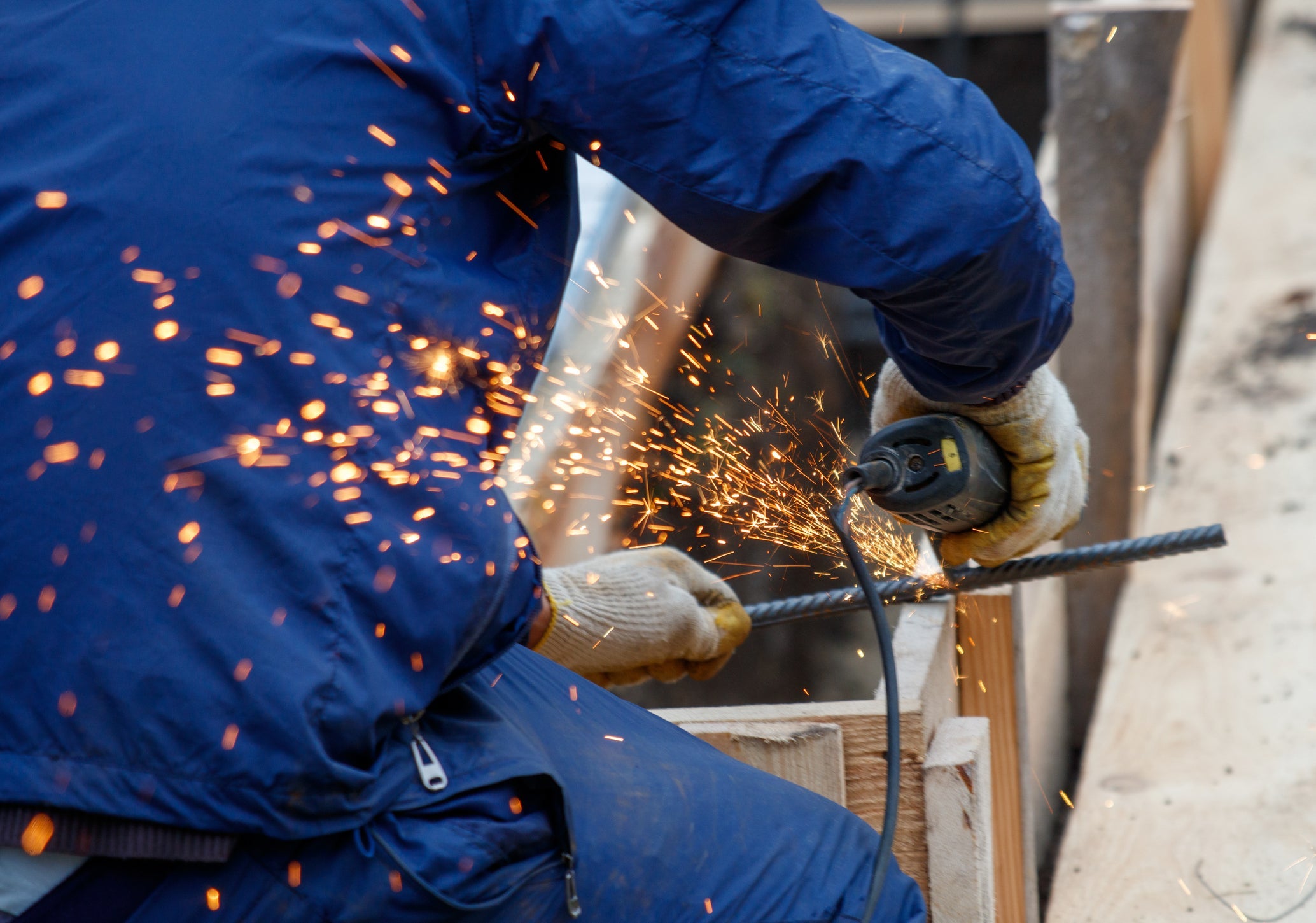Welding is an essential process in various industries, enabling the fabrication and repair of metal structures. While the technique is invaluable, it exposes workers to significant hazards, including intense heat, ultraviolet (UV) radiation, and molten metal splatter. To mitigate these risks, wearing a welding jacket is paramount. This article delves into the critical reasons for donning a welding jacket, the features to consider when selecting one, and its role in ensuring welder safety.
Protection Against Intense Heat and Burns
Welding operations generate extreme temperatures, posing a substantial risk of burns. A welding jacket serves as a barrier, shielding the welder's torso and arms from the radiant heat produced during welding. Materials like flame-resistant cotton or leather are commonly used in these jackets to withstand high temperatures and prevent burns. Ensuring the jacket fits well and covers all exposed skin is crucial to maximize protection.
Defense Against Sparks and Molten Metal Splatter
During welding, molten metal droplets and sparks are inevitable byproducts. These can cause severe injuries upon contact with the skin. A welding jacket provides a protective layer that prevents these hot particles from reaching the welder's body. Long sleeves and a high collar are essential features that offer comprehensive coverage, ensuring that areas like the neck and wrists are safeguarded.
Shielding from Ultraviolet and Infrared Radiation
Exposure to the intense light emitted during welding can lead to skin damage similar to severe sunburns. Welding jackets made from flame-resistant materials protect the skin from harmful UV and infrared radiation. This protection is vital to prevent long-term skin damage and reduce the risk of developing conditions like welder's flash.
Preventing Electrical Shocks
Welding involves the use of electrical currents, posing a risk of electric shock. Welding jackets constructed from non-conductive materials reduce the likelihood of electrical currents passing through to the welder's body. Ensuring the jacket is dry and free from conductive contaminants enhances its protective capabilities against electrical hazards.
Enhancing Comfort and Mobility
While protection is the primary function, modern welding jackets are designed with the welder's comfort in mind. Features such as underarm vents promote airflow, reducing heat buildup and increasing comfort during extended welding sessions. Adjustable cuffs and waistbands allow for a customized fit, ensuring that the jacket remains securely in place without restricting movement.
Compliance with Safety Standards
Adhering to safety regulations is not only a legal obligation but also a moral responsibility. Wearing a welding jacket that meets industry safety standards demonstrates a commitment to maintaining a safe working environment. Employers are often required to provide appropriate personal protective equipment (PPE), and welders must utilize these provisions to comply with occupational safety guidelines.
Selecting the Right Welding Jacket
When choosing a welding jacket, consider the following factors:
-
Material: Leather offers superior protection against heat and sparks, while flame-resistant cotton provides a lighter, more breathable option suitable for less intense applications.
-
Fit: A well-fitted jacket ensures maximum coverage and minimizes the risk of exposure to hazards.
-
Durability: High-quality stitching and robust materials extend the lifespan of the jacket, providing long-term protection.
-
Additional Features: Pockets with flaps, stand-up collars, and adjustable cuffs enhance functionality and protection.
For a comprehensive selection of welding jackets that meet various safety requirements, visit eSafety Supplies.
Conclusion
The importance of wearing a welding jacket cannot be overstated. It serves as a critical component of a welder's PPE, offering protection against burns, radiation, electrical shocks, and other occupational hazards. Investing in a high-quality welding jacket not only safeguards the welder's health but also enhances comfort and compliance with safety standards. Prioritizing the use of appropriate protective gear is essential for anyone engaged in welding activities.
For more information on welding safety and protective equipment, refer to the American Welding Society.

